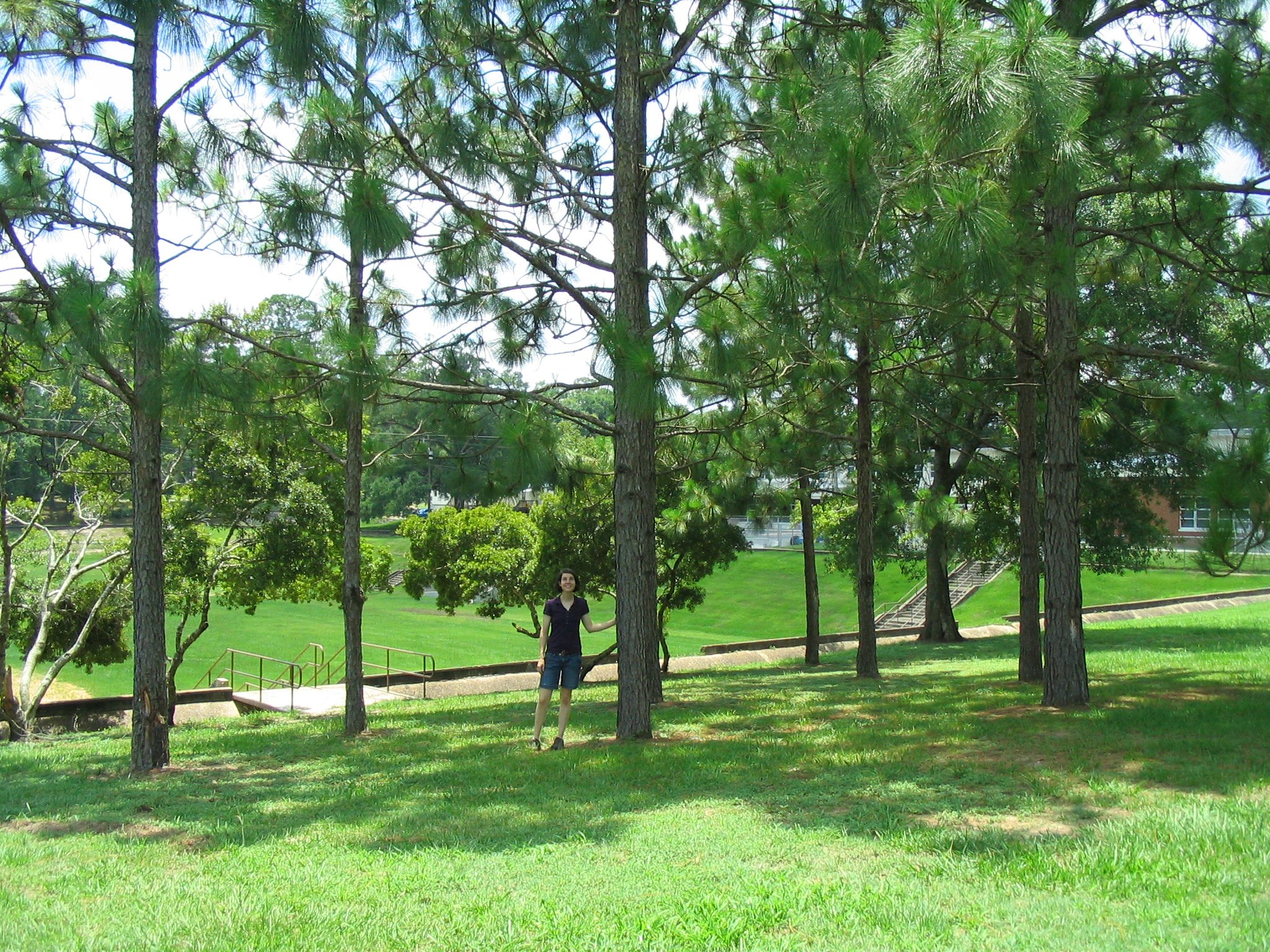A few years ago, I planted pepper seeds for the first time to make my own paprika. This small start sent me on a journey from my bathroom window to a small growing tent in my closet and eventually to some of the best and most interesting paprika I have ever tasted.
Peppers and tomatoes are both members of the nightshade family. In our area they have similar growing habits and time frames for planting. The timing of seed planting is one of the most important aspects of growing vegetables. Other considerations include available equipment, quantity of plants needed, and the planting and caring of the seeds and seedlings.
When choosing a pepper or tomato to grow from seed, consider how you are planning to use the produce. For instance, if you enjoy pasta with red sauce, a determinate Roma-style tomato might be the best choice. For hot sauces, I have enjoyed some of the super-hot peppers, although one plant is often enough! Sharing or exchanging your extra plants with friends is often an option to gain a diversity of varieties after you have too many plants. If growing a whole seed packet of one variety, I usually have a project in mind that requires lots of the same variety of pepper or tomato.
The equipment needed for starting peppers and tomatoes consists of a heat mat, grow light, containers to start the seeds in, watering can, fertilizer and growing medium. Tomatoes do not need as much heat to germinate as a lot of the peppers. It is possible to grow both in a south facing window or greenhouse but without sufficient light and heat the peppers will be very slow to grow. Peppers prefer to be germinated between 70-90 degrees Fahrenheit, while tomatoes prefer 65-85 degrees. My house is usually under 70 in the winter, so I run a heat mat to keep the soil temperature closer to 80 degrees. This is the same with the lighting situation, which requires me to use a grow light to get sufficient light to the seedlings.
You can use a good quality potting soil or seed starting mix as your growing medium. Your container could be a nursery flat with individual cells or small 2-inch pots. Here is my recipe for sowing the seed:
1. Fill the seed starting flat or individual pots with seed starter mix
2. Place 3-4 seeds per cell or pot
3. Gently sprinkle worm castings to cover seeds (or use more of potting medium)
4. Press down to achieve good seed to soil contact
5. Water lightly using a watering can with a fine shower or water from the bottom to keep disturbance to a minimum.
The seeds will usually germinate in 5-to-10-days, but some peppers in low temperatures can take a few weeks so don’t toss empty containers immediately. During this time, keep the top portion of the container moist. During germination the cotyledon will emerge, followed by the first set of true leaves. Make sure the seeds and plants are getting plenty of light, 14-16 hours. A window will only get a few hours when compared to a grow light. Select the strongest seedling in each cell or pot and cut out the others. At this point the plant can be fertilized with Neptune’s Harvest or other fish/seaweed product which is gentle and promotes a great burst of growth. Continue to water thoroughly and fertilizer once a week.
The best time to plant both the seeds of peppers and tomatoes is in January. Tomato seedlings can be planted outside in late February, then protected from frost, while peppers prefer a warmer temperature and should be planted outside after the last frost, usually in late March or April.
Many of the peppers are slow to grow while tomatoes shoot up very fast. Each growing season will be different and will present different challenges, but the final product is delicious and well worth the effort.





